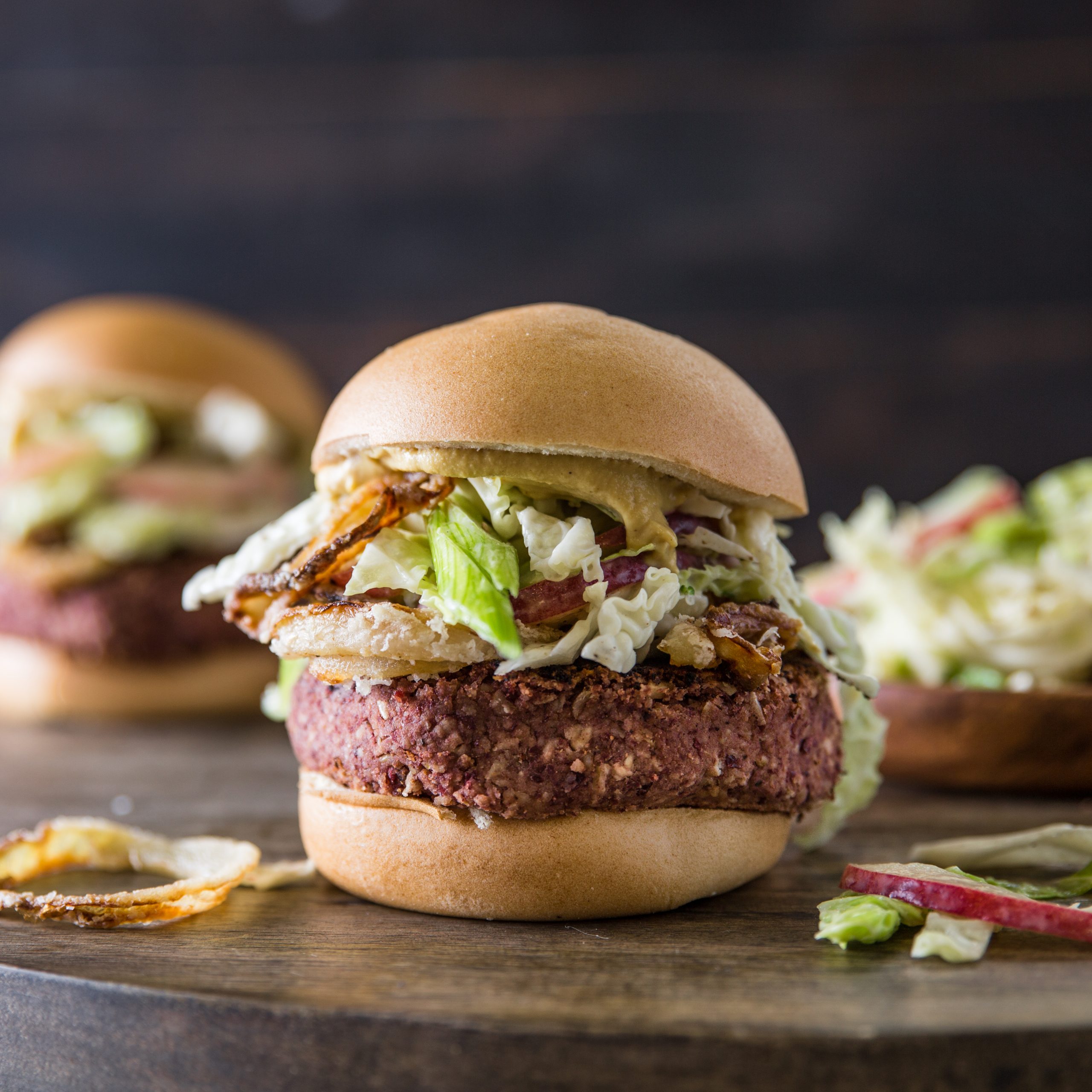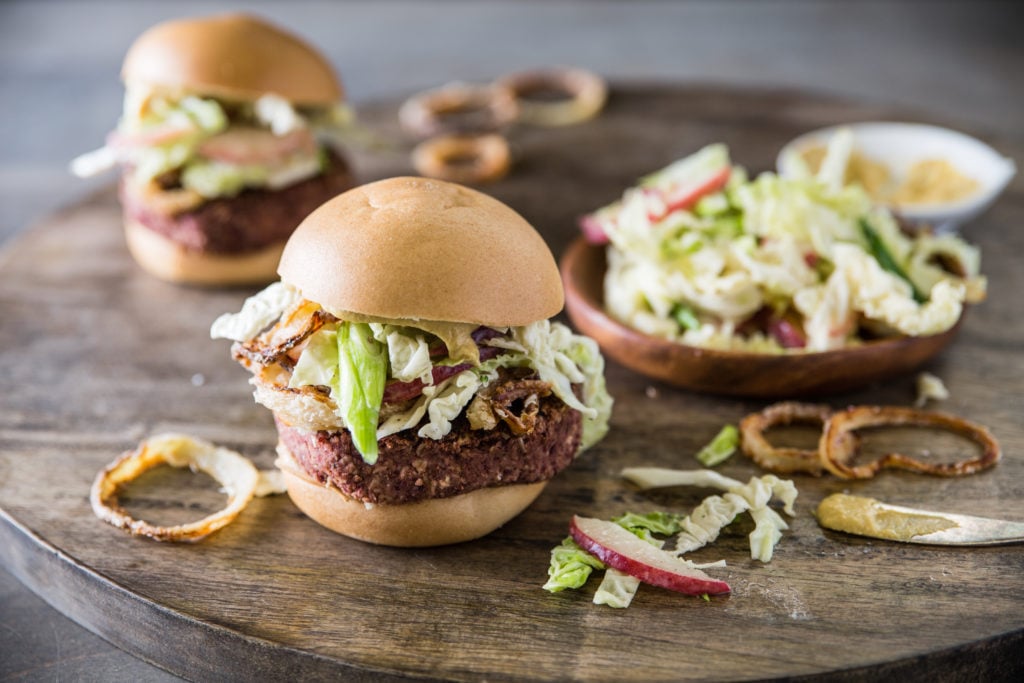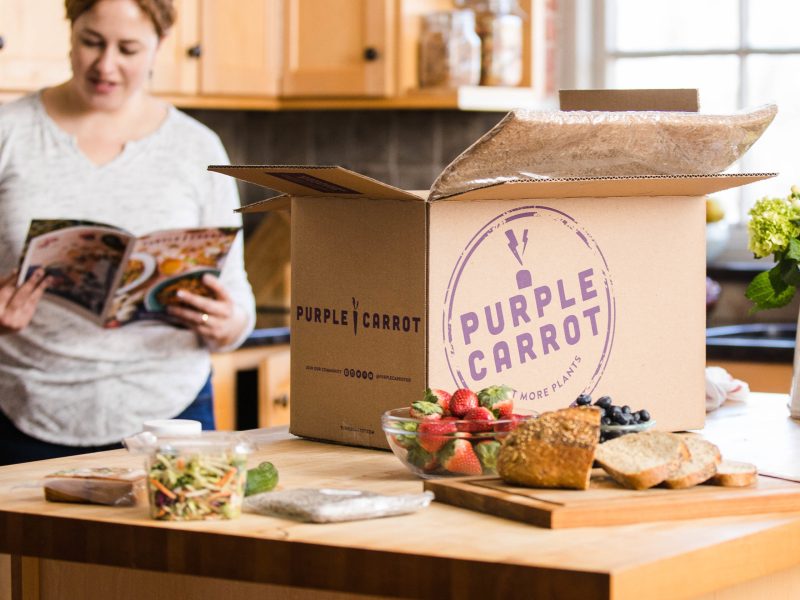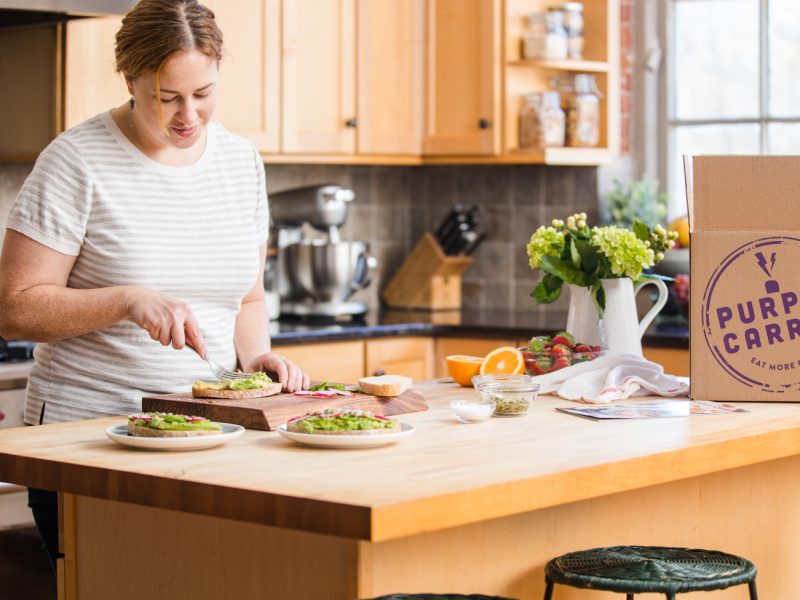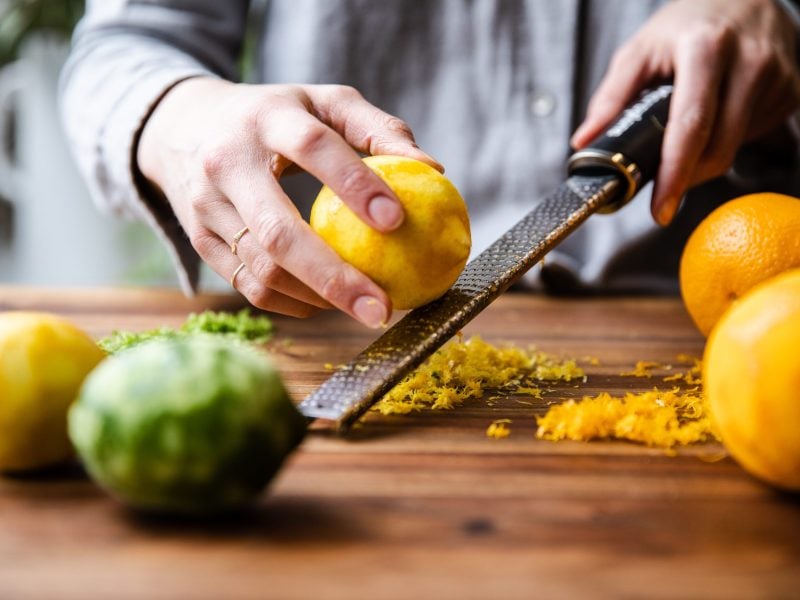Going Vegan? 5 Steps Toward Eating Less Meat
By Emilia Benton
Research has shown that a vegetarian or vegan diet is best way to reduce the risk of heart disease, among other conditions like inflammation. When you’re beginning a meatless diet, it’s important make quality changes, instead of simply swapping in starchy carbs, like pasta and fries.
“There is conclusive evidence that a plant-based diet comes with many health and wellness benefits, and I would encourage anyone to give it a try,” says Lauren Ross, a registered dietitian at Houston’s Premise Health. “But it’s also important to focus on getting key nutrients and finding healthy recipes for actual balanced meals.”
Whether or not you want to eventually give up meat completely, here are some tips to help you ease into adopting a balanced “flexitarian” lifestyle.
Step 1: Get Comfortable in the Kitchen
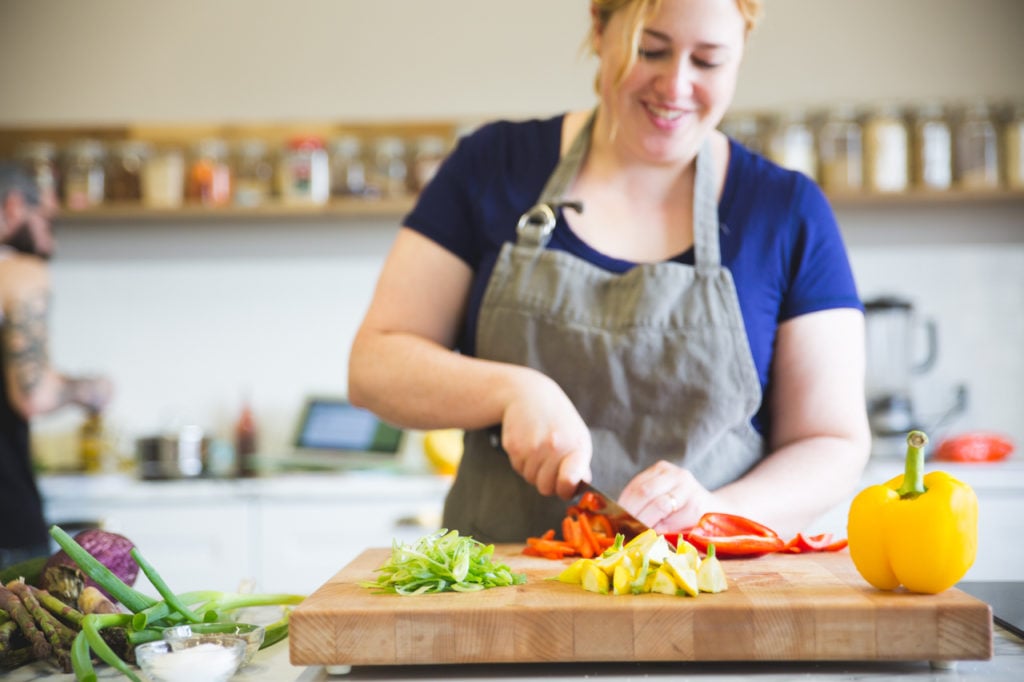
Getting comfortable in the kitchen is a must for those attempting to go plant-based. Ross recommends gathering recipes or working your way through a new cookbook, especially if you’re a less-experienced cook.
“By trying nearly every recipe, you’ll be forced to learn techniques you otherwise might not have tried, and you may find you really enjoy some foods that weren’t on your radar before,” she says.
Stick to cooking with in-season fruits and vegetables for the freshest and crispest flavors. Make it a weekend routine to visit local farmers markets to find deals on local produce. Or, join a community-shared agriculture (CSA) program, in which you receive local, seasonal produce straight from a local farmer, to help kick-start your meatless diet.
“This is a great option for those wanting to become more spontaneous in the kitchen and who are willing to try new foods and different ingredients, as you receive whatever they send you with these programs,” Ross says. Visit Local Harvest to find a CSA near you.
Additionally, shop the bulk section at the grocery store for low-priced items like dried beans and whole grains that keep for a long time.
Step 2: Research Meat Substitutes
Not all fake meats are created equal. Natural, plant-based options like tofu and tempeh are much better substitutes than processed versions, Ross says. Many veggie burgers and meat substitutes, such as seitan, are high in protein and other nutrients. Be on the look out for meat substitutes that are high in the not-so-good-stuff and limit your intake. For example, tofu hot dogs tend to be high in sodium.
No matter your level of vegetarianism, you should also make sure you’re getting enough iron and B vitamins. (Women especially should watch their iron levels.) Iron is most easily absorbed through meat and B vitamins and are harder to find naturally in meat-free foods. Nutritional yeast is one vegan diet-approved way to help fill in those nutritional gaps.
Step 3: Set a Clear Achievable Goal
If eating less meat will be tough for you, start with one or two meatless days a week. You can build from there. One trick is to make a big batch of your favorite meatless dish (like veggie lasagna) on Sunday. That way, you can take leftovers for lunch all week long and stick to your meatless diet.
One of Ross’s favorite meatless meals is tempeh sloppy joe, which is filled with a variety of vegetables from celery, onions, and zucchini to leafy greens like spinach, and of course, classic spices like garlic and pepper. “Falafel is another great option that easily appeals to people who are typically meat eaters, as it’s familiar and making it can be fun,” Ross says.
Step 4: Plan Ahead
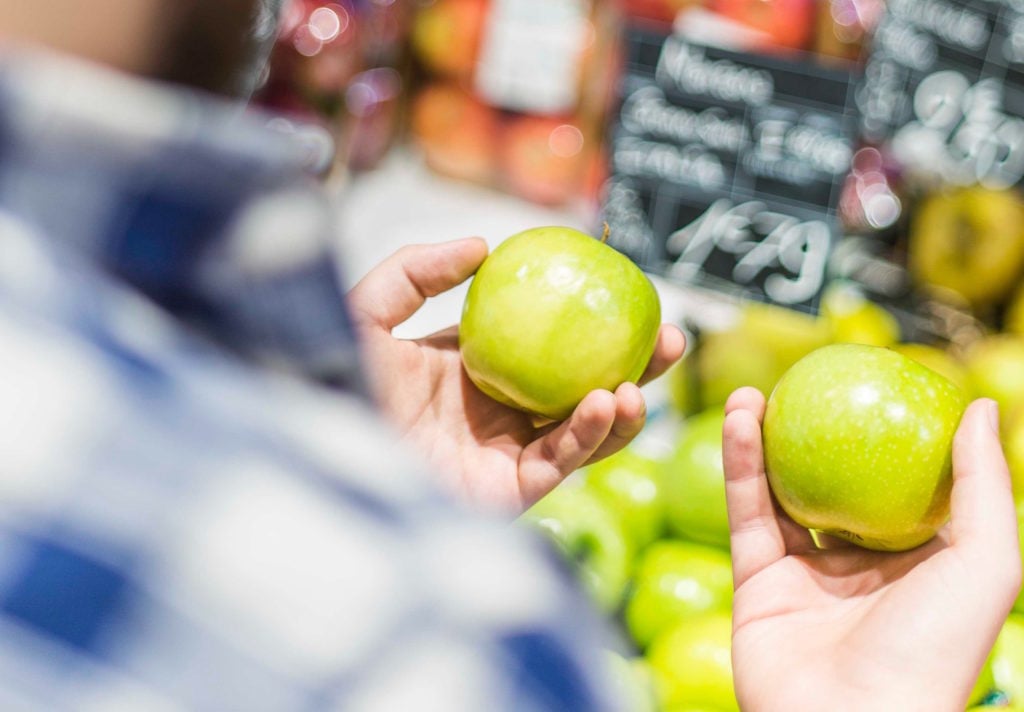
Not planning ahead can be a big problem for hopeful vegetarians, Ross says. If you don’t make a list and take your time at the grocery store, there’s a much greater possibility that you’ll revert back to your old ways.
If you have plans to eat at a meat-focused restaurant, look at the menu ahead of time. Scope out whether you’ll need to order a salad or vegetarian side. If there’s not a lot of options for you, eat at home, and enjoy a drinks or dessert at the restaurant.
Step 5: Don’t Forget About Flavor
Meatless meals shouldn’t be flavorless. Now that you’re not relying on the flavors and fat in meat to make your meals yummy, it’s time to get acquainted with the spice cabinet. One of Ross’s favorite flavorings for vegetarian dishes is garlic. After all, roasted garlic Brussels sprouts sound way more appealing than bland steamed ones, right?
So splurge on that new curry powder, or even try your hand at growing some herbs on your porch to lend some zest to your meatless meals.


